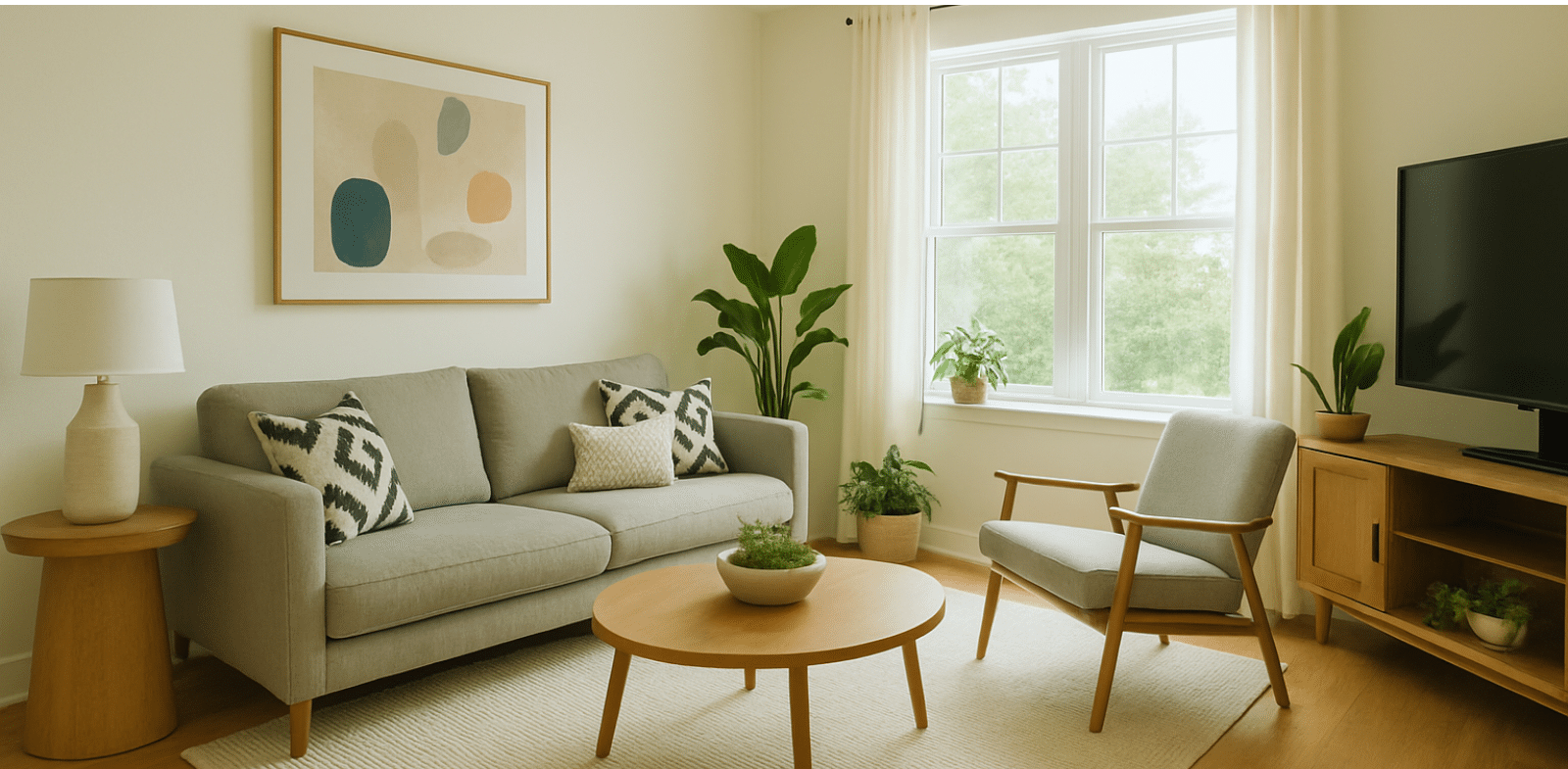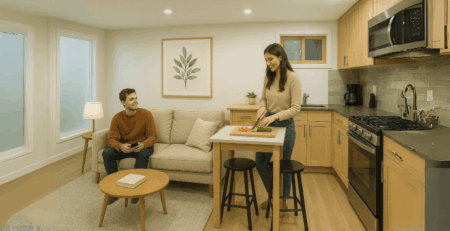Landlords, to furnish or not to furnish?
To furnish or not to furnish, that is the question.
If you’re acquiring a property that is already furnished or are thinking about furnishing a unit you already have, it’s important to think through all the pros and cons. While it may seem like a bonus for a tenant to rent a fully furnished home, it’s not quite that straightforward.
1. Damage Potential
If you’re providing furniture for a tenant to use, consider it gone. Expect it to be broken, damaged and unsalvageable afterwards. You don’t know how long a tenant will live there and what kind of wear and tear they will put on it. If you’re emotionally comfortable with the idea of all the furniture being potentially destroyed, then you can consider whether you want to rent it furnished or not. Then budget for that. Set rent at a price knowing that a certain percentage of the furnishings will have to be replaced every year and that over time everything will have to be replaced. This isn’t to say that the furniture will necessarily be damaged but you need to prepare for that possibility. Don’t put anything in there that you may have sentimental attachment to or is overly expensive and can’t be reasonably replaced.
2. Narrow Pool of Tenants
You may be drastically narrowing your potential pool of tenants. Renting a fully or partially furnished home is automatically niching the unit. It means that anyone who has their own furniture won’t be able to rent it, unless you are willing to remove the furnishings (and place them in storage or sell). You should think through beforehand whether you are willing to remove the furniture for the right tenant or if the furniture must stay with the unit and you will only rent to a tenant under those conditions.
3. Higher Rent Potential
A furnished unit is a premium product and you should price accordingly. You are taking the investment and risk of furnishing a home and so you should be able to command higher rent. Do some research and try to determine the price differential between a furnished and unfurnished unit of similar quality, style and location. In some locations this could be quite high but in others it may not be.
4. Unique Tenant Profile
If a tenant is searching for a furnished home, they are likely a specific kind of tenant. Typical profiles include out of town or international students and high end executives Both groups are often willing to pay a premium to have their needs taken care of and enjoy a turn-key style housing setup. Both may be shorter term oriented and benefit from avoiding the costs of purchasing furnishings they may only need for a few years before moving to another city. Price and furnish accordingly. Each tenant profile will have very different price points they are willing to bear and varying demands as to the quality and style of furnishings. Know your customer and decide whether it’s worth catering to their needs with a furnished rental.
Overall, there is no right answer as to whether to furnish or not. The choice is a matter of risk-return and whether you are targeting your property for a particular kind of tenant who wants a particular kind of housing experience. Think about the choice professionally, determine which market segment of tenant you are targeting and make an informed decision about whether to furnish.










